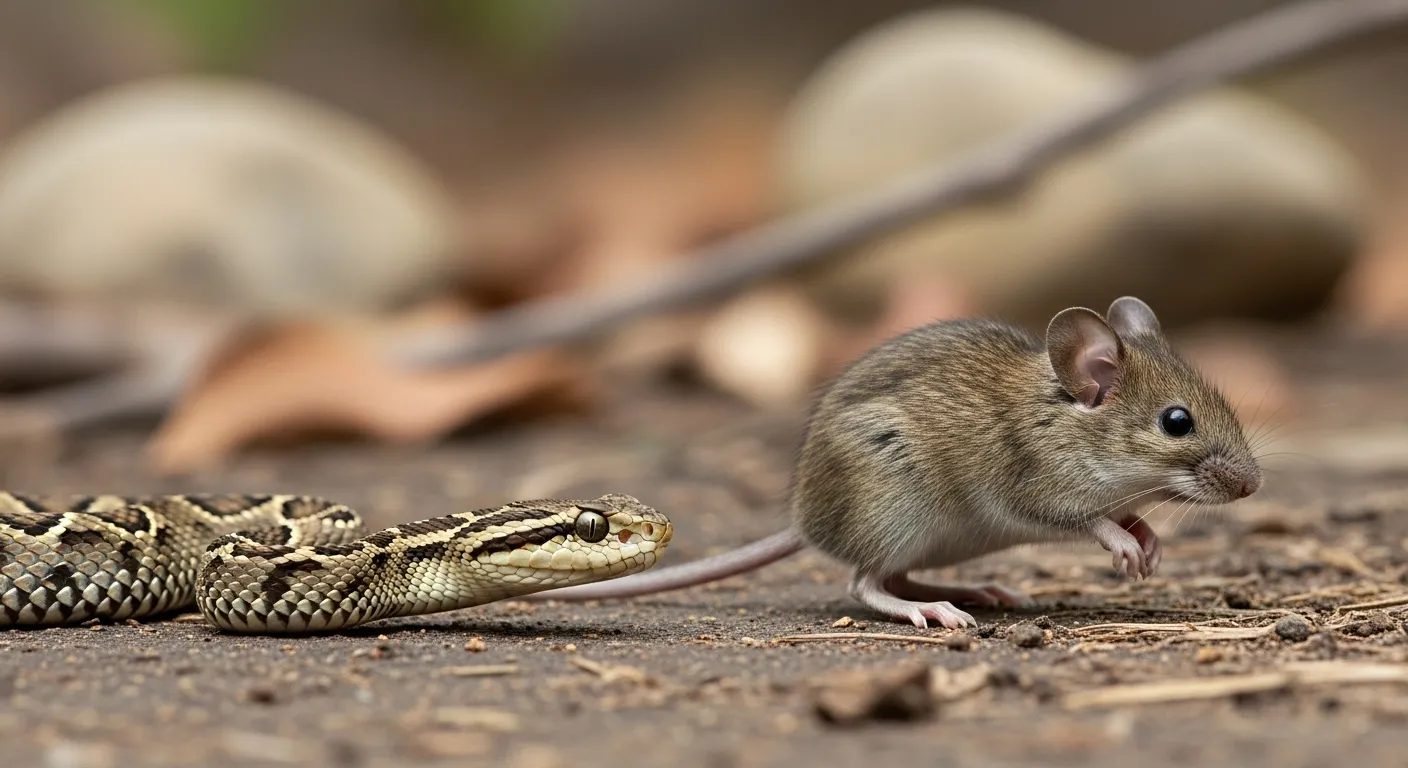
Understanding Snake Venom and Its Purpose
Snake venom is not simple poison; it is one of nature’s most sophisticated and complex biological secretions. Its primary function is not to harm humans, but to serve as a highly efficient tool for hunting. For a limbless predator, venom provides a way to quickly immobilize and begin digesting prey, often from a safe distance. A snake can strike, inject venom, and then retreat, tracking the animal until it succumbs. This strategy minimizes the risk of injury to the snake from a struggling rodent or bird.
The defensive use of venom is a secondary adaptation. When a snake feels threatened and cannot escape, a venomous bite is its ultimate defense. This is an act of desperation, as producing venom is metabolically expensive for the snake. It would much rather save its precious resource for securing a meal. This is why many defensive bites are “dry bites,” where no venom is injected at all. The snake is delivering a clear warning without wasting its hunting tool.
Venoms are generally categorized by their primary effect on the body, though most are a mixture of different toxic compounds.
The Main Types of Venom
Neurotoxins: These toxins target the nervous system. They work by disrupting the chemical signals between nerves and muscles, leading to paralysis. The paralysis often affects the respiratory muscles first, which is why the primary danger from a neurotoxic bite is respiratory failure. Snakes in the Elapidae family, such as cobras, mambas, coral snakes, and sea snakes, primarily employ neurotoxic venom.
Hemotoxins: These toxins affect the blood and cardiovascular system. They can have a wide range of effects, including destroying red blood cells, disrupting blood clotting (either by preventing it or causing widespread clotting throughout the body), and damaging the lining of blood vessels, leading to severe internal bleeding. Many snakes in the Viperidae family, including rattlesnakes, copperheads, and bushmasters, use hemotoxic venom.
Cytotoxins: These are cell-destroying toxins. They cause extreme pain, swelling, and necrosis (tissue death) at the site of the bite. The venom essentially digests the tissue around the wound. While often found alongside hemotoxins in viper venoms, cytotoxins are responsible for the severe local damage that can sometimes lead to the loss of a limb even if the victim survives.
It is important to remember that these categories are simplifications. The venom of a single species, like the Mojave rattlesnake, can contain a powerful mix of both neurotoxic and hemotoxic components, making it particularly dangerous.















